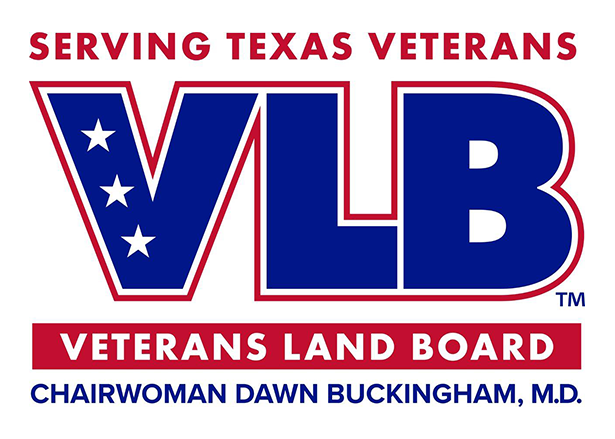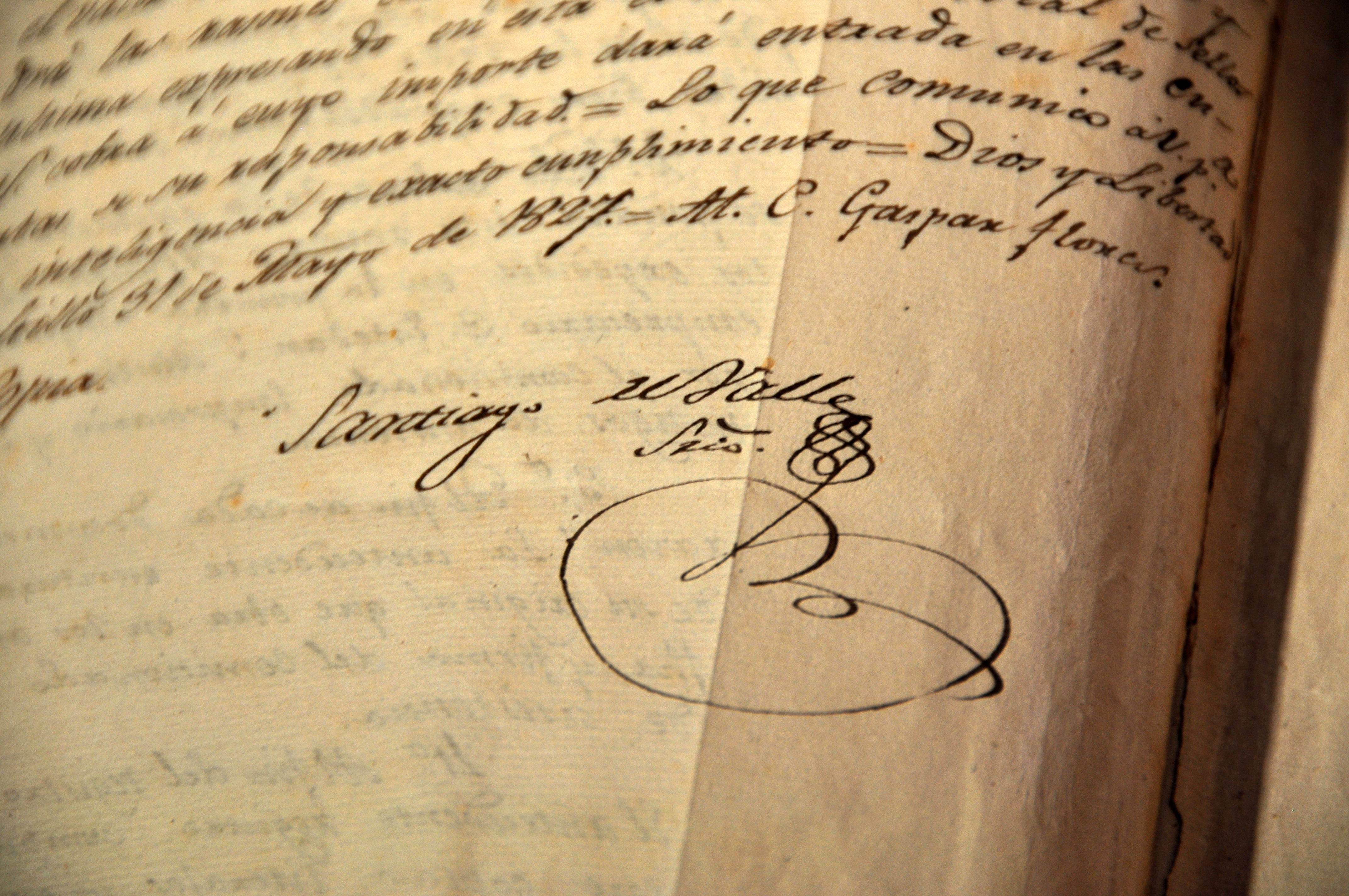Funds to improve roads, drainage, water, and sewer infrastructure approved for Milam County cities of Buckholts, Cameron, Milano and Rockdale
Today Texas Land Commissioner George P. Bush and County Judge Steve Young announced the Texas General Land Office (GLO) approved nearly $27.3 million in flood mitigation projects to improve roads, drainage, water and sewer infrastructure in the Milam County cities of Buckholts, Cameron, Milano and Rockdale. These infrastructure projects will directly benefit thousands of residents in a majority low-to-moderate income (LMI) areas that faced repetitive storm damage in 2015, 2016, and in 2017 with Hurricane Harvey.
“In recent years Texas has led the nation in disaster declarations, especially repetitive flooding,” said Commissioner Bush. “There is a great need for new and better infrastructure to help prevent the devastation major storms can bring, especially in low-to moderate-income communities. The historic funding we’re announcing today for communities in Milam County will go directly to projects that will help fortify Texas homes, businesses and critical infrastructure against future disasters for generations.”
“Major storms bring heavy rains to our communities, resulting in devastating flooding, property damage, environmental health hazards, and erosion that weakens already over-burdened infrastructure,” said Milam County Judge Steve Young. “This $27 million from Commissioner George P. Bush and the GLO will fund several projects throughout the county for new sewer lines, flood control drainage, streambank stabilization measures and will help ensure a safe and dependable water supply for our residents.”
In May 2020, Commissioner George P. Bush announced the kick-off of the application process for the first round of more than $2.3 billion in Community Development Block Grant Mitigation (CDBG-MIT) funds from the U.S. Department of Housing and Urban Development (HUD) to protect Texas communities hit by Hurricane Harvey and severe flooding in 2015 and 2016. During the first round, the GLO conducted three competitive application programs from the CDBG-MIT Action Plan. Those programs include:
- 2015 Floods State Mitigation Competition – GLO awarded $31,426,781 to four grantees.
- 2016 Floods State Mitigation Competition – GLO awarded 21 grantees with $135,462,438.
- Hurricane Harvey State Mitigation Competition Round 1 ($1 billion of $2,144,776,720 total)
Applications closed for the first round of funding October 28, 2020, and the GLO evaluated all 290 submitted applications in accordance with the HUD approved scoring criteria. Eligible applications with the highest scores were awarded funds. The second round of the competition will award the remaining $1,144,776,720 in mitigation funding to Hurricane Harvey eligible entities.
HUD defines mitigation as activities that increase resilience to disasters and reduce or eliminate the long-term risk of loss of life, injury, damage to and loss of property, and suffering and hardship, by lessening the impact of future disasters. HUD requires that at least 50% of total funds must be used for activities benefiting low- to moderate-income (LMI) persons.
The State of Texas CDBG Mitigation Action Plan: Building Stronger for a Resilient Future outlines the use of funds, programs, eligible applicants, and eligibility criteria as required by HUD. The plan was sent to HUD on February 3, 2020, after an extraordinary public outreach effort including a 50-day public comment period and eight regional public hearings, far-surpassing HUD requirements. HUD approved the plan March 31, 2020. For more information, please visit recovery.texas.gov/mitigation.
City of Buckholts: Sewer and Stormwater Improvements Project - $4,479,940
LMI Percentage: 75.53
Although Buckholts is inland from direct hits from hurricanes, the resulting tropical storms and depressions are historically still carrying heavy rains when they reach the town, resulting in major flooding, causing housing damage, environmental health hazards, and damage to an already burdened infrastructure.
The project is designed as an integrative, comprehensive approach to address the effects of flooding throughout the entire town. The goal is to alleviate the flooding at the lift stations to reduce the volume of water in the central collection system and ultimately the wastewater treatment plant. These improvements are broken into two infrastructure activities – sewer lines and flood control drainage - both activities addressing flooding risks and reducing/mitigating the impact on housing, infrastructure, and human health conditions.
Wastewater system improvements
- Remove and install twenty-four (24) new sewer line cleanouts
- Remove and replace twenty-six (26) new manholes in the outer collections system to prevent infiltration and inflow and decrease the risk on the downstream system
Flood control and drainage Improvements
- Excavate and replace 20500 linear feet (LF) of gravity sewer
- Remove 100 existing culverts and replace them with 3200 LF of reinforced concrete pipe culverts
- Repair of 4000 LF of sewer line pavement
City of Cameron: Little River Pump Station Improvements Project - $14,125,469
LMI Percentage: 72.11
The city of Cameron has an existing four (4) millions of gallons per day (MGD) pump station and low water impoundment located on the Little River that is in danger of being cut-off from the river by necking occurring just upstream of the existing pump station. Continued flooding has caused erosion of the riverbank near the existing pump station and impoundment, which is causing an oxbow to form that will leave the segment of the river without water.
The project will relocate the pump station and low head impoundment to ensure access to a dependable water supply during future storm events. This project will ensure that a safe and dependable water supply is available to residents.
The project includes the following improvements:
- Pump Station & Low Head Impoundment: One 4 MGD pump station 7,450 linear feet (LF) of raw water supply line; 5,000 LF of effluent discharge line located:
- Raw Water Supply Line: From the proposed pump station location, cross-country following the west bank of the Little River north to the east end of E. Gillis St. and from the east end of E. Gillis St. west to the Water Treatment Plant.
- Effluent Discharge Line: From the existing connection of the wastewater treatment plant effluent discharge line located approximately 450’ northeast of the endpoint of E. Gillis St., cross-country following the west bank of the Little River south approximately 4,400 feet.
- Access road with four manholes, concrete bridge, rip rap, and fencing
- Elevated electrical building, supervisory control and data acquisition (SCADA) system, generator, electrical modifications, and all related appurtenances.
City of Milano: Citywide Road and Drainage Improvements Project - $4,317,323
LMI Percentage: 65.17%
When major flooding occurs, damage to roadways is likely. The ability of a road surface to quickly drain water is directly related to the safety of the road. There must also be adequate drainage infrastructure at the roadside to collect and move water to designated areas where it can be properly managed and not impact city infrastructure. To that end, the city of Milano proposes street improvements and accompanying drainage features.
Milano is subject to frequent flooding due to the streams and rivers that border and flow through the area. The project includes the following:
- Acquire land needed for right-of-way (ROW)
- Reconstruct roads including flex base as needed under a 2” lift of HMAC to 24’ wide and complementary drainage improvements
- Construct new drainage infrastructures at the roadside to direct rainwater away and prevent road coverage damage due to standing water seeping into the base
- Create erosion control measures to prevent present issues from reoccurring and increase the ability of the drainage system to quickly recover after heavy rain events
City of Rockdale: Ham Branch Watershed Drainage Improvements Project - $4,417,469.03
LMI Percentage: 53.07
The proposed drainage improvement activities will aid in mitigating flood hazards along the Ham Branch Watershed. Flooding has been repeatedly documented and the sites selected for this project will increase safety and mitigate this flood hazard. Assets of this project include implementation and installation of storm sewers, culverts, storm water detention facilities, and streambank stabilization measures that will each serve to reduce the flooding hazards in the Ham Branch watershed.
The project proposes the following for each site:
- Belton Avenue Culvert, Conveyance Channel, and Detention Basin Improvements - There is an existing low water crossing of a tributary of Ham Branch over Belton Avenue that during extreme rainfall events floods the street to depths that results in the roadway being impassable to vehicular traffic, including emergency vehicles. The proposed project will include the construction a new twin box culvert at Belton Avenue that will safely convey flood waters such that Belton Avenue will become passable during extreme rainfall events. Additionally, storm water detention improvements are proposed both immediately upstream of Belton Avenue, which will help reduce peak runoff rates to the new Belton Avenue culverts. Storm water channel conveyance improvements and stormwater detention improvements located immediately downstream (south) of Belton Avenue and north of Cameron Avenue (USH 79) are planned, which includes the 4.79 acres of property acquisition.
- Ham Branch Streambank Stabilization Improvements - Two existing tributaries of Ham Branch (East Ham Branch and West Ham Branch) join at a confluence point located just downstream (south) of Cameron Avenue (USH 79) near the city’s downtown area. There is visual evidence of significant streambank erosion, which has resulted in transport and deposition of sediment and debris within receiving downstream reaches of Ham Branch. The goal of this project is to perform streambank regrading improvements that will increase flood conveyance capacity of the two reaches of Ham Branch generally located south of Bell Avenue to a location approximately 200 feet downstream (south) of Cameron Avenue (USH 79). The regraded streambanks and streambed will be armored with permanent articulated concrete stabilization measures equipped with open cells backfilled with soil that can have native vegetation established.
- Allday St., Post Oak Rd., & San Jacinto Dr. Drainage Improvements - Localized drainage and flooding issues are currently experienced within a primarily residential neighborhood located on the northwest side of the city due to insufficient drainage infrastructure. The goal of this project is to install new a new storm sewer system that will run along Allday Street from the existing water tower south approximately 1,000 LF to an existing low point that currently experiences overland flooding issues. The storm sewer system will continue to the east approximately 900 LF where it will tie into an existing storm sewer system located along San Jacinto Drive.
- Meadow Drive and Childress Drive Storm Sewer Drainage Improvements - Significant drainage and flooding has occurred along both Meadow Drive and Childress Drive, especially at existing low points located along each respective street immediately north of Cameron Avenue (USH 79). This flooding has been the result of insufficient drainage infrastructure. The goal of this drainage improvement project along Meadow Drive is to extend new storm sewer improvements approximately 1,000 lineal feet along Meadow Drive from the intersection of Brazos Avenue. This new storm sewer system will effectively intercept and convey storm water runoff in an enclosed drainage system and will relieve flooding near the intersection of Meadow Drive and Cameron Avenue (USH 79). The goal of this drainage improvement project along Childress Drive is to extend new storm sewer improvements approximately 250 LF along Childress Drive north from near the intersection of USH 79 to the intersection of Zana Lane and then east approximately 200 feet along Zana Lane. This new storm sewer system will effectively intercept and convey storm water runoff in an enclosed drainage system and will relieve flooding near the intersection of Childress Drive and Cameron Avenue (USH 79) and also provide positive drainage along a flood prone area of Zana Lane.
- Burleson St. Culvert, Conveyance Channel, and Detention Basin Improvements - Repetitive flood damage located along Burleson Street approximately 300 LF northwest of San Andres Avenue has resulted due to insufficient culvert capacity and lack of a positive overland flood route. Structural flood damage has occurred at the residence located immediately northeast of the existing culvert. Acquisition of this parcel and demolition of the structure is planned to accommodate a new flood channel and stormwater detention basin to safely store and convey flood flows to a new box culvert under Burleson Street. Additional channel regrading is planned within the roadside ditch located immediately downstream of the Burleson Street culvert to San Andres Avenue.
- Martin Luther King Jr. Blvd. and 7th Ave. Drainage Improvements - Repetitive flood damage has historically occurred at an existing residence located along the west side of Martin Luther King Jr. Boulevard near the intersection of 7th Avenue due to insufficient drainage infrastructure. The goal of this project activity is to install new storm sewer improvements at this intersection that will safely route drainage to the southwest into a newly constructed open channel. This project will reduce roadway flooding along Martin Luther King Jr. Boulevard and structural damage at the existing residence.








